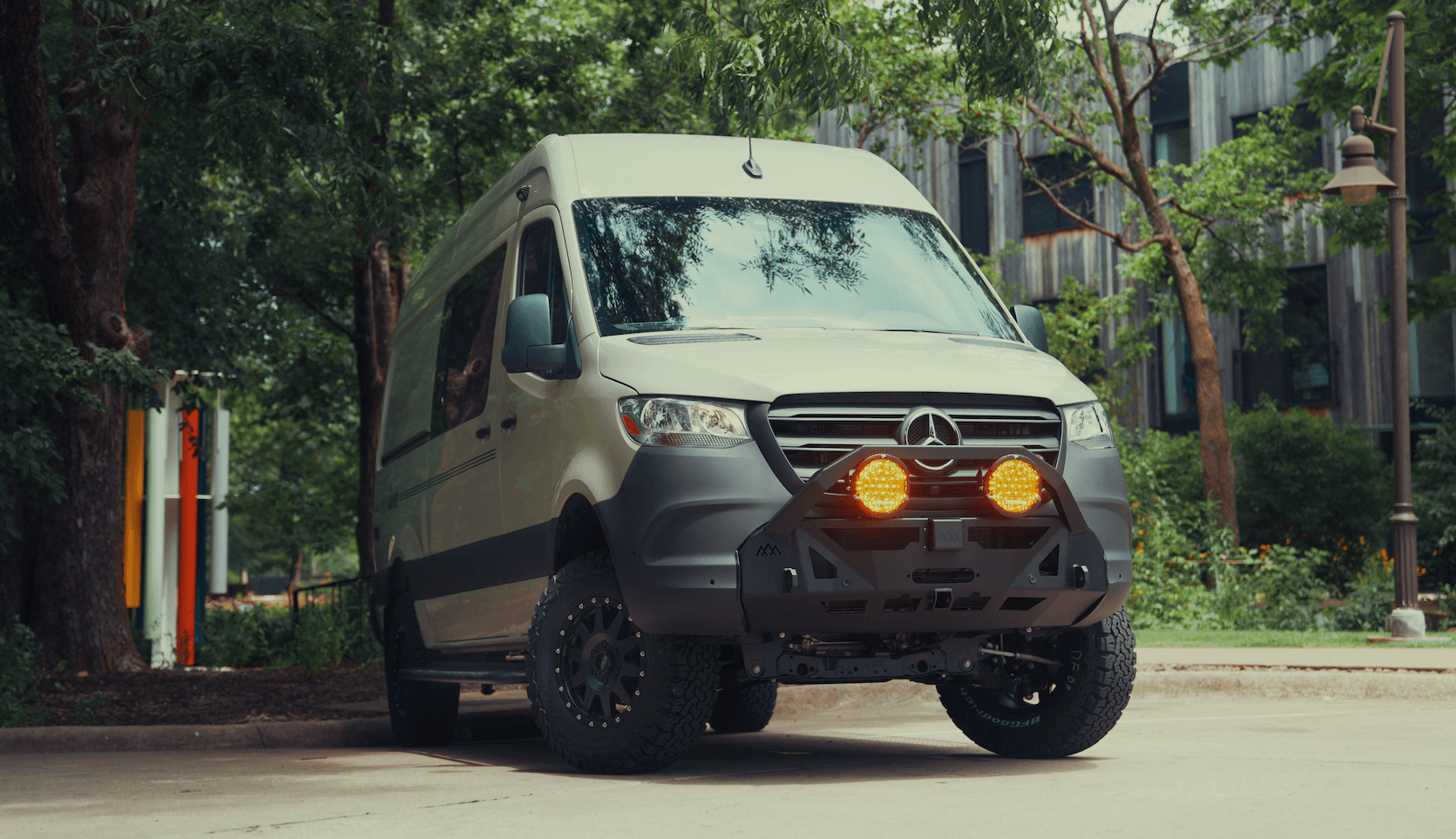Recreational Vans

Choosing a van with toilet starts with space. High roof platforms make standing showers possible, while mid roof and low roof layouts favor compact cabinets or a portable unit with a privacy screen. Wet baths combine shower and toilet in one waterproof cell, saving space and simplifying cleanup. Dry baths separate the toilet from the shower and feel more residential, but they consume more square inches and add weight. Before locking a floor plan, map door swings, bed height, and aisle width so you can sit comfortably, stand to shower, and still move gear.
Smart layouts protect clearances:
A toilet in a camper van falls into three families. Composting units separate liquids and solids, use very little water, and rely on constant airflow to dry waste. They reduce dump station stops and can be serviced with common supplies, but they need honest ventilation and careful use on rough roads. Cassette toilets use a small removable black tank under the bowl. You empty the cassette at a dump point or approved restroom, and replacement parts are widely available. The tradeoff is more frequent emptying due to small capacity. Flush toilets feed into a black tank, just like a small RV. They feel familiar, but they demand more water, a vent stack, and careful tank monitoring.
Quick comparison:
Ventilation is the unsung hero. Composting models require a steady fan that pulls air outside through a short, smooth duct. Cassette and black tank setups need a vent stack that rises above the roof line to purge gases during temperature swings and driving. Seal every duct and use gentle bends to sustain airflow. For water based systems, aim for separate fresh, grey, and black storage to avoid cross contamination and simplify maintenance. Install shutoff valves, accessible traps, and a drain plan that can be winterized without special tools.
Odor control is a system, not a product. It depends on dry solids, uninterrupted venting, correct urine routing, and regular cleaning with gentle, non bleach products that will not harm seals.
A wet bath is a waterproof room that turns into a shower. It saves space and simplifies cleaning since the entire compartment is designed to get wet. A toilet cabinet with a pull out or flip up seat can vanish into the furniture and keep the van open and airy. Both can work. The best choice depends on how often you shower inside, how many people travel with you, and how much gear you haul.
Wet baths add structure, waterproofing, and a door or curtain. Plan for a shower pan with slope, a linear drain, and an access point to clean the trap. Use wall materials that will not swell, and seal penetrations for the shower valve, sprayer, and light wiring. A small roof fan above the bath clears steam and helps dry surfaces fast.
A cabinet can hide a cassette or composting unit and give you a full width aisle when closed. It works well for travelers who shower outdoors most of the year. Add a dedicated vent line, an easy clean floor, and a light so nighttime use is simple and discreet.
Bench height matters. Standard household seat heights feel best for long legs, but a taller base can help with storage below. Leave elbow room on both sides, and aim for at least twenty inches of clear knee space in front of the bowl so the space does not feel cramped.
Water and waste are heavy. Eight pounds per gallon adds up fast, so size your tanks around your actual schedule. Weekend trips can be fine with a small cassette and fifteen to twenty gallons of fresh water. Long tours often need more capacity or a system that stretches time between dumps, like composting. Place tanks low and between the axles for safe handling, and secure everything with metal brackets to survive bad roads.
For winter, protect lines with insulation, keep runs short, and add a heat source near the bath. Use antifreeze rated for potable systems where appropriate, and design for a full drain without tools. Vent fans should run even in cold weather, so place their intake away from direct cross winds.
A van bathroom stays pleasant with small, regular habits. Empty liquids often, keep solids dry, and rinse bowls with a small spray bottle to limit water use. Do not toss wipes or bulky paper into any compact system. Clean seals, lubricate moving parts with manufacturer approved products, and log service dates so nothing gets missed during busy travel seasons. If a smell shows up, check vent fans, seals, and traps first, then confirm tank caps and connections are tight.
Designing a dependable bathroom demands tight carpentry, proper ventilation, and plumbing that can handle miles of vibration. A pro can balance space, weight, and service access in a way that feels invisible during daily use. If you want a wet bath that drains right every time, a cabinet that disappears into the furniture, or a layout tuned to family travel, an expert team can shorten the learning curve and deliver a clean finish.
If you want a road proven bath integrated into a full layout, explore our Recreational vans at Recreational vans. For a ground up interior with a wet bath or cabinet solution, see Custom van build. If you prefer a platform that can finance and still supports a smart bathroom, check Financeable vans.
Tell us how you travel, how many riders need the space, and what climates you cross. We will design a quiet, low odor, easy to service bathroom inside a complete layout that matches your miles and your budget. Fill out the form to start your OZK Customs design consult today.
Ready to spec a real world bathroom that works on the road? Tell us how you travel, and OZK Customs will design a dependable van bath with the right system, tanks, and ventilation. Start your build consult now.
ADDRESS:
6159 E Huntsville Rd, Fayetteville, AR 72701
PHONE:
(479) 326-9200
EMAIL:
info@ozkvans.com